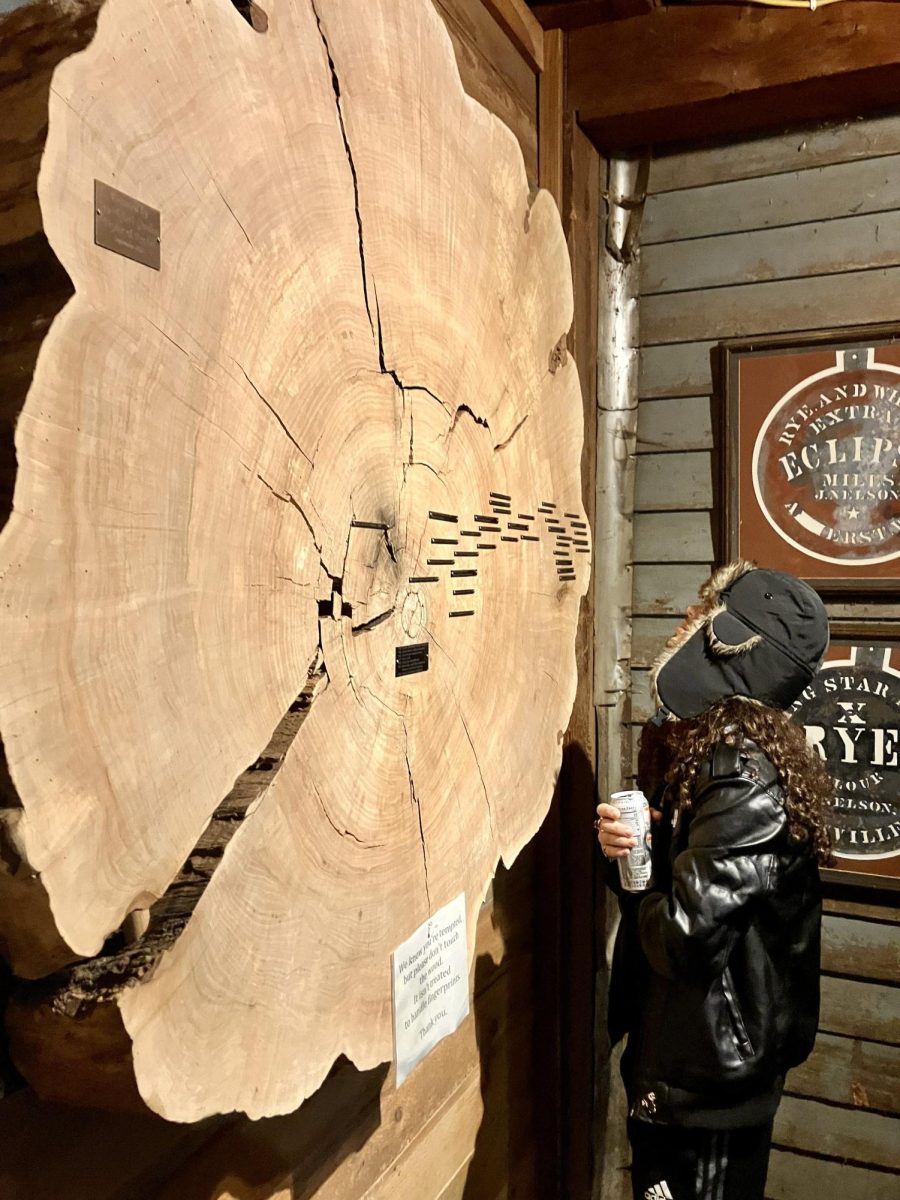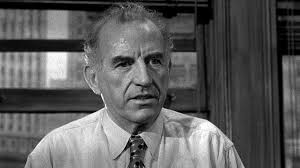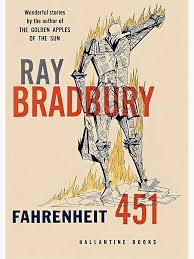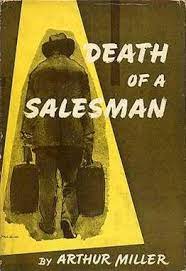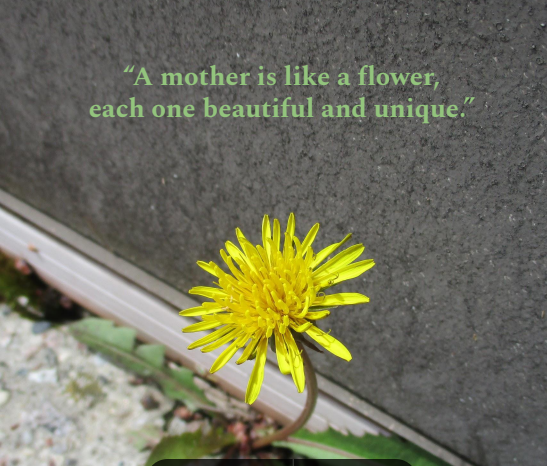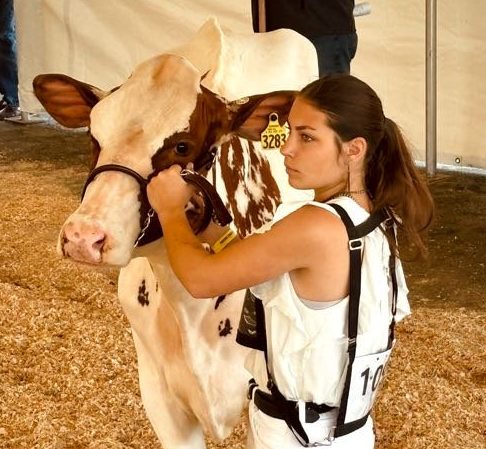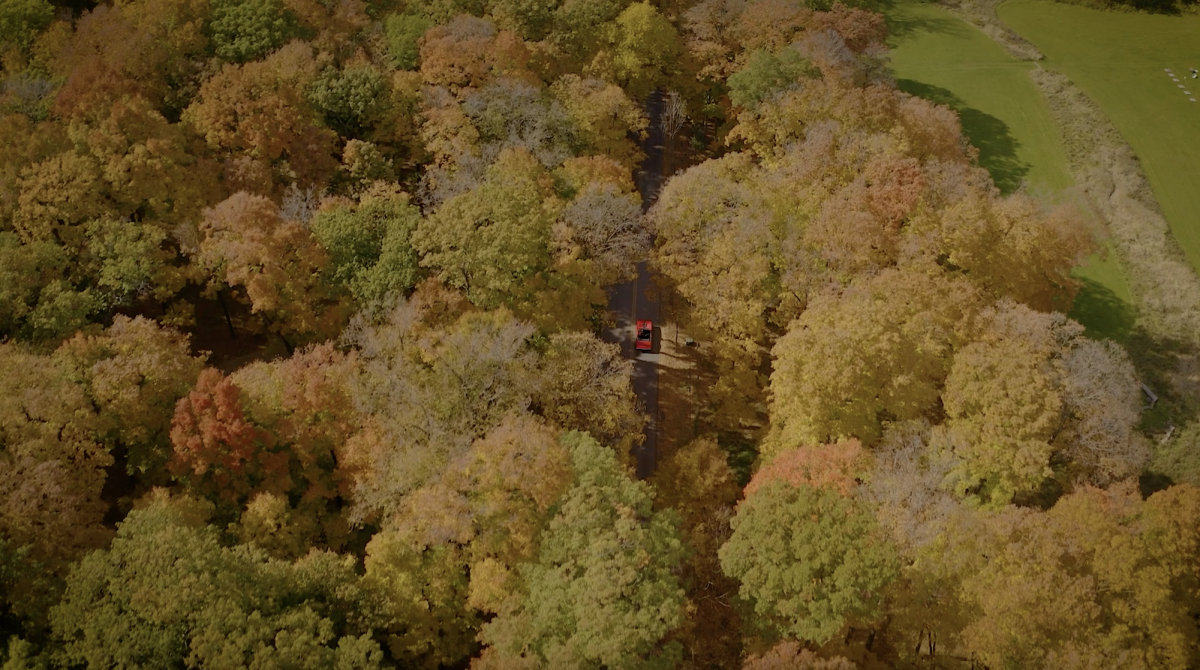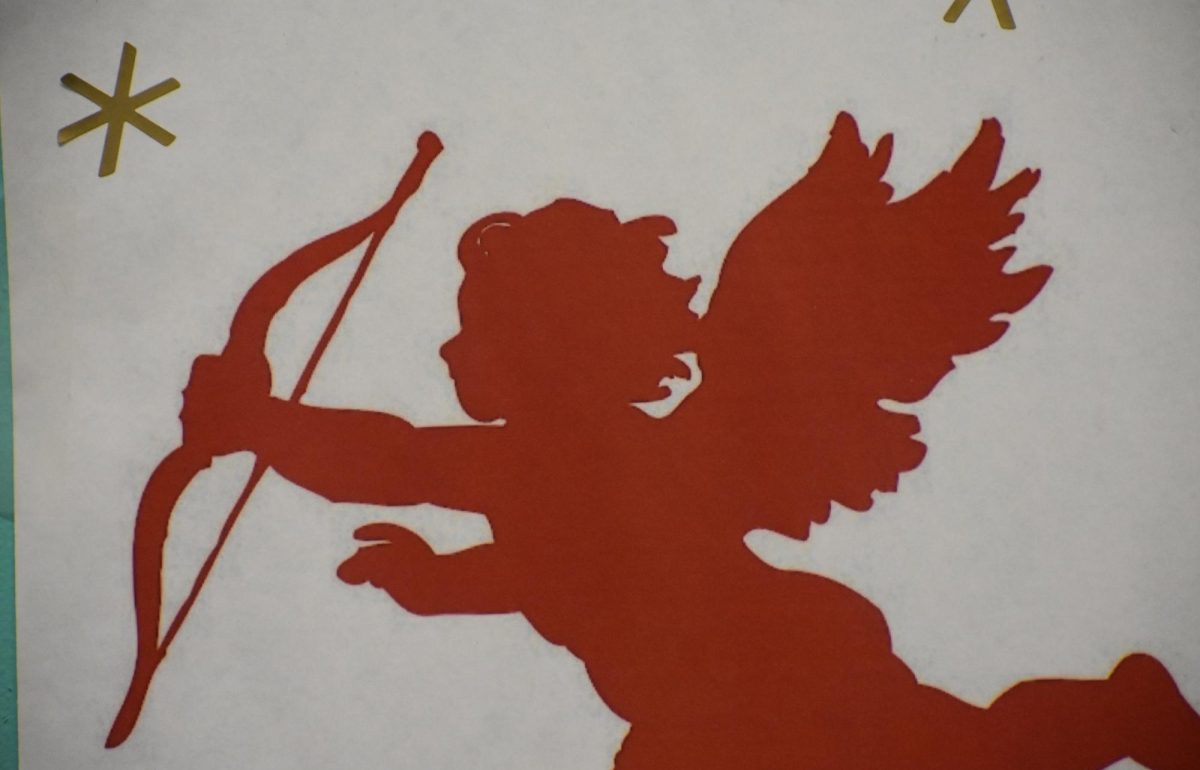February 14 Valentine’s Day is the ultimate day of love, chocolates, and adorable cards, but the origins of the day extend much earlier than humans are in fact aware. The holiday itself began with a combination of ancient Roman traditions, Christian history, and legends before evolving into the day of romance that we know and adore today.
The history of Valentine’s Day comes from Lupercalia, a mid-February Roman fertility festival to welcome the spring. Pope Gelasius I replaced it in the 5th century with St. Valentine’s Day, which was named after Saint Valentine. Valentines abound in history, but one comes foremost in the accounts. It is said that a priest named Valentine continued to marry young couples in secret after Emperor Claudius II prohibited soldiers from marrying. When he was caught, he was put to death, and over the centuries he became a symbol of devotion and love.
By the Middle Ages, humans had begun linking Valentine’s Day to romance, in part because they thought birds began selecting their mates in mid-February. Later, in the 18th and 19th centuries, humans began sending handwritten love letters, which evolved into sending Valentine’s Day cards, flowers, and chocolates as we do today.
The other big part of Valentine’s Day is Cupid, the winged baby who carries a bow and arrow. He came from Roman mythology, where he was the god of love and the son of Venus, the goddess of beauty. He was derived from the Greek god Eros, who was originally a strong, rugged god but later evolved into the playful, troublesome Cupid we know today. It was said that whoever had been hit by his arrows would fall in love instantly.
Valentine’s Day now is not only about romantic love, but also about celebrating friends, family, and even pets. Whether it is through chocolates, a love letter, or quality time with loved ones, the holiday is still a special means of spreading love and kindness.




